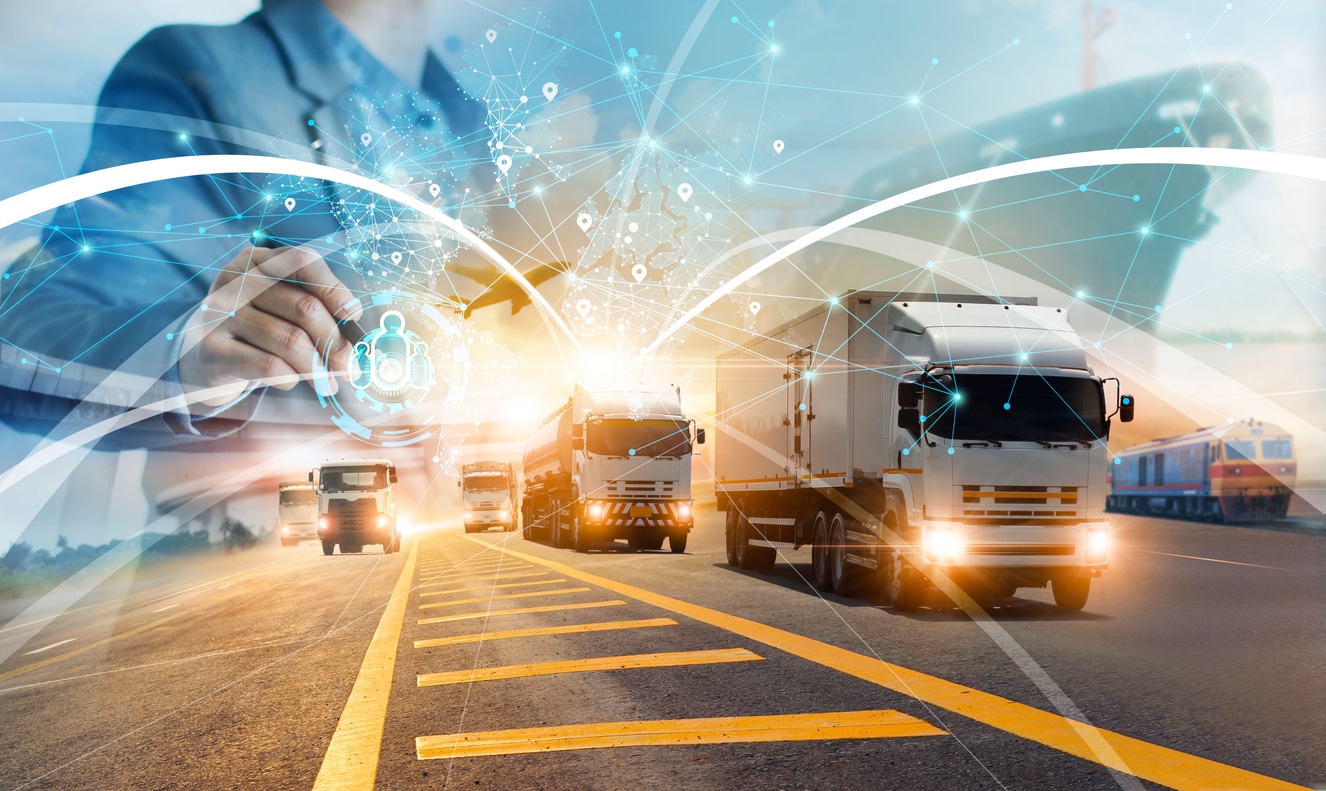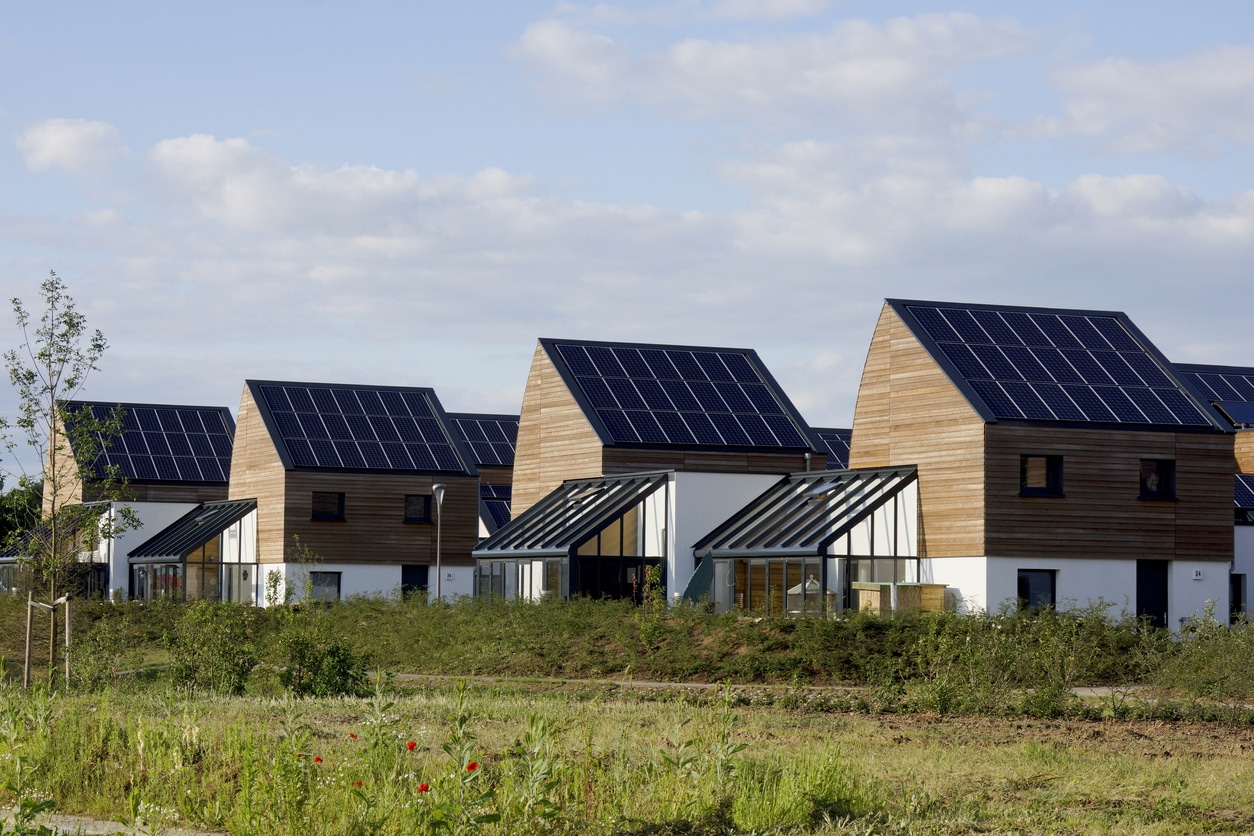
6 Eco-Friendly Changes We Want to See in the Global Supply Chain This Year
Environmental degradation is a consequence of globalization. The free flow of products, services and capital incentivizes companies to use any suppliers offering the best value. Globalized trade has made products more affordable in the developed world and provided more economic opportunities in the Global South. It’s a win-win, but it’s an unsustainable situation. Sustainable global supply chain management should lie at the heart of every enterprise’s corporate social responsibility, so be instrumental in effecting these six changes.
1. Switching to Local Sources
Domestic goods can be more cost-prohibitive when wages are high. Local producers in developed nations may contend with higher overhead to comply with stricter environmental and safety regulations. These truths are unfortunate because local sourcing involves fewer greenhouse gas emissions than importing.
Is there any incentive to use pricier local sources in the age of globalization? The reward is business resilience. Natural disasters and geopolitical events can jeopardize multinational supply chain networks. Look at what happened to Germany after the Russia-Ukraine war erupted.
Europe’s largest economy was a neutral observer caught in the crossfire after a mysterious party blew up the Nord Stream 2 gas pipeline. The country subsequently endured an energy crisis, paralyzing its manufacturing industry.
The German government knew this could happen and wanted to transition from fossil fuels to renewables to be more energy self-sufficient. In 2022, natural gas still represented about 13% of Germany’s energy mix. Any entrepreneur thinking twice about sourcing business essentials at home should pay attention to Germany’s plight to study the value of localizing supply chains.
2. Measuring Scope 3 Emissions
Scope 3 greenhouse gas emissions account for most of an organization’s carbon footprint. Therefore, its inability to report accurately will make or break its aspirations for being sustainable. Measuring indirect emissions is a massive undertaking because it involves considerable guesswork.
Fortunately, scope 1, 2 and 3 emissions are mutually exclusive. Whatever you don’t categorize under scope 1 or 2 is automatically scope 3.
Then, identify relevant scope 3 activities and estimate emissions based on available data. The calculation method must align with factors for scope 3 categories as per the Greenhouse Gas Protocol.
Calculating scope 3 emissions may make your head spin, but your estimates should become more accurate over time. Develop a strategy from the start to guide you every step of the way.
3. Diversifying Suppliers
Using various supply chain partners makes business sense on many levels. It has notable environmental benefits, too.
Procuring the same commodity from multiple locations decentralizes the trade’s environmental impact. Conversely, when a single source satisfies most of the demand, ecological damage can occur at lightning speed and become irreversible. A contemporary example is the Democratic Republic of the Congo (DRC) — the leading exporter of lithium-ion battery staple cobalt in many electric machines.
This Central African country supplies most of this silvery transition metal for electric car battery production. However, the DRC is among the poorest states and has been guilty of underage miner exploitation.
Ironically, the no-emission motoring movement heavily depends on this environmental destruction offender. Diversifying the cobalt supply chain is a must to encourage the DRC to adopt sustainable mining practices. Green-minded nations can step in and ramp up their ethical cobalt production.
Other avenues many auto manufacturers explore are fine-tuning non-cobalt battery chemistries and developing hydrogen-powered fuel cell electric vehicles. Major automakers aim to slash 90% of their carbon emissions by 2050, and want the future of motoring to rely less on cobalt and more on hydrogen. This way, auto supply chains won’t be a geopolitical casualty.
4. Joining the Circular Economy
Circularity is synonymous with sustainability, so switching from a linear to a circular economy is the way to go. The linear economy is responsible for many ills plaguing the planet.
In this system, you source newly extracted materials necessary to make, manufacture and sell a product, which eventually becomes waste. Such a consumption cycle is detrimental because it only focuses on profit and disregards the business’s long-term ecological effects.
The circular economy is the opposite. It espouses the merits of reducing, recycling and reusing at every turn. It tells you to reduce the material and energy you use to manufacture goods. Reuse already existing resources, support renewable solutions and ensure your products are recyclable at the end of their life cycle.
Circular enterprises have low upstream and downstream greenhouse gas emissions. They minimize pollution and help eliminate waste. Partnering with fellow circular economy participants can drive down your scope 3 emissions.
5. Tracing Cargo With Geolocation
When logging carbon footprints, tracking how goods go from points A to B matters. Geolocation technology can help monitor cargo movement by land, sea and air.
Identifying inefficient routes and bottlenecks can help you determine more sustainable ways to move freight. Such insight can signal when you should find an equally reliable and affordable but closer supplier or a logistics company with stricter fuel efficiency policies.
6. Promoting Carbon Transparency With Blockchain
Reporting carbon footprint data is vital for achieving sustainable business practices. Being a green brand is rewarding for various reasons, so transparency is necessary for climate action accountability.
Blockchain can ensure data integrity because it’s a distributed immutable ledger, making it virtually impossible to tamper with. Stakeholders looking at the records can trust their accuracy.
Carbon markets should also follow the lead of microgrid operators selling excess solar energy and borrow this cryptocurrency innovation for record-keeping purposes. Blockchain renders carbon credits traceable, so buyers and sellers can see how many times they’ve changed hands and review their ownership history. Preventing double-counting and ensuring no counterfeit credits circulate can boost any carbon market’s credibility.
Blockchain networks can be public, private, semi-private or hybrid. Each has pros and cons, but public blockchains are the most secure. They’re decentralized, so there’s no single point of failure.
A hacker must launch a 51% attack to manipulate the records. This malicious endeavor becomes more expensive and challenging to pull off as the blockchain network grows. Public blockchains are the gold standard in cybersecurity — decentralized networks like Bitcoin are living proof.
The Global Supply Chain Will Only Get Greener
Key innovations already exist to make supply chains more sustainable. The ball is in the court of business executives. Decision-makers must adopt the changes above to reduce their carbon emissions meaningfully.



Anonymous
Great content! Thanks for providing these eco-friendly changes in the global supply chain. Your ideas are essential for sustainable progress.